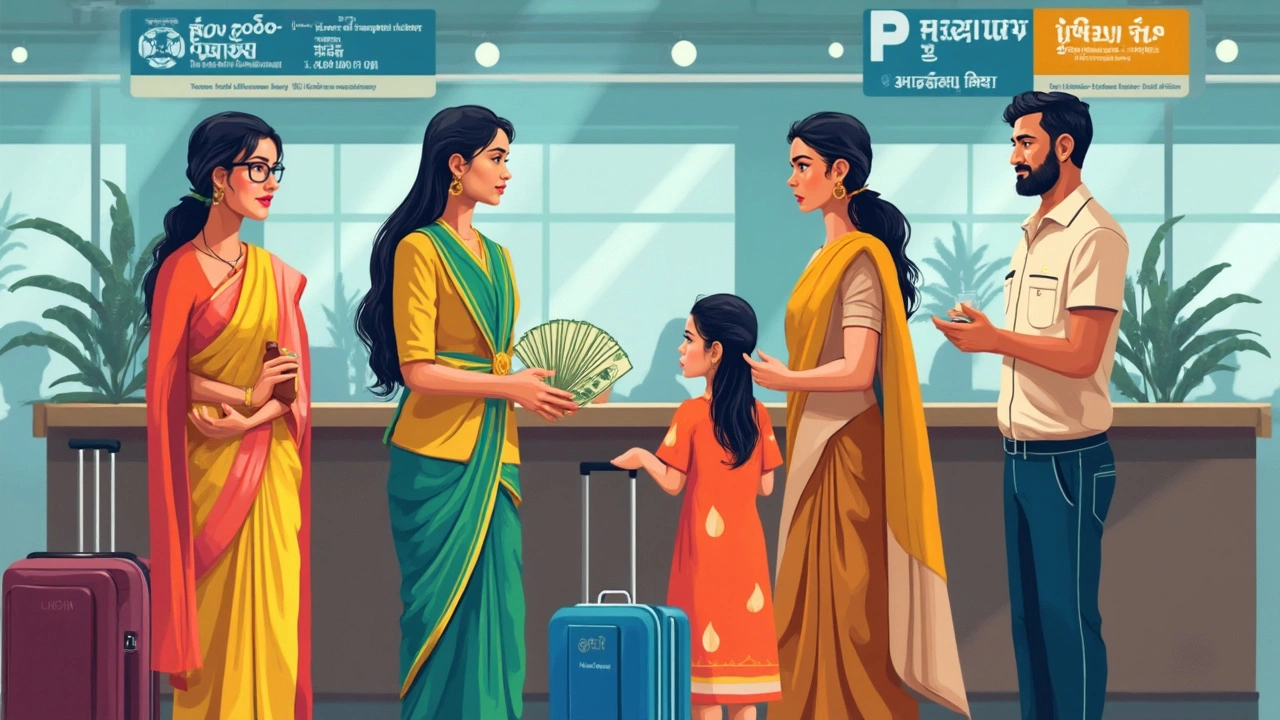SEARCH
USD Limit India – What Every Traveler Should Know
If you’re planning a trip to India, one of the first things you’ll hear about is the “USD limit.” It’s not a mystery tax or a hidden fee – it’s simply the amount of US dollars you can legally bring into the country without extra paperwork. Knowing the rule saves you from surprise questions at the airport and keeps your money safe.
India’s central bank, the Reserve Bank of India (RBI), sets the limit. As of now, residents can bring up to US$5,000 in cash and an additional US$10,000 in other foreign exchange instruments (like travelers’ cheques or demand drafts) without needing to declare it. If you exceed these numbers, you must fill out a declaration form and may face penalties.
How the USD Limit Works
Here’s the basic math: you can have a total of US$15,000 in foreign currency when you enter India, split between cash and other instruments. The cash portion is capped at $5,000 because it’s harder for officials to track. The remaining $10,000 can be in traveler's cheques, foreign currency cards, or official bank drafts.
Why the split? Cash is a security risk – it can be lost or used for illegal activities. By limiting cash, India reduces those risks while still allowing tourists to spend comfortably. The other instruments are easier to trace, so the RBI feels comfortable allowing a higher amount.
If you’re an Indian resident returning home, the same limits apply, but you can also bring back earnings from abroad, provided you have proper documentation like a tax clearance certificate.
Tips to Stay Within the Limit
1. Plan your cash needs. Most daily expenses – food, transport, small shops – can be paid with a debit or credit card. Take only enough cash for immediate needs, like a taxi from the airport.
2. Use prepaid travel cards. These cards load foreign currency at a fixed exchange rate and count toward the $10,000 instrument limit. They’re safer than cash and easy to reload online.
3. Carry traveler’s cheques or demand drafts. If you prefer to avoid cards, these options are widely accepted at banks and major hotels. Just remember they fall under the $10,000 cap.
4. Declare if you’re over the limit. Fill out the Currency Declaration Form (Form C‑2) at customs. It’s a quick process, and honesty avoids fines.
5. Keep records. Save receipts, bank statements, and any proof of purchase for the foreign exchange instruments you bring. If customs asks for details, you’ll have everything ready.
Sticking to the limit doesn’t mean you can’t enjoy a comfortable trip. With smart use of cards and travel cheques, most visitors spend far less than $5,000 in cash. The key is to know the rule, plan ahead, and keep documentation handy.
So next time you pack for India, remember the USD limit, choose the right mix of cash and cards, and travel with confidence. Safe travels!

How Much USD Can I Bring to India? Budget Travel Essentials
Wondering how much US dollars you can carry into India? This guide breaks down the rules set by Indian customs for bringing cash, shares tips on declaring your money, and gives helpful advice for budget travelers. Learn about the latest limits, avoid hassles at the airport, and pick up some practical tips for handling your travel money. Whether you’re coming for adventure, work, or family visits, staying informed about currency limits will save you headaches and help you travel smoother. Get the inside scoop, right here.
Continue reading